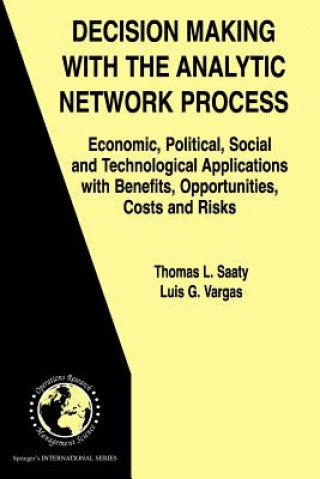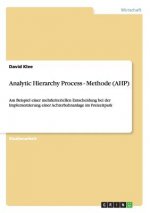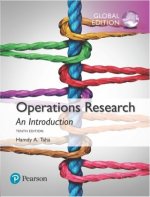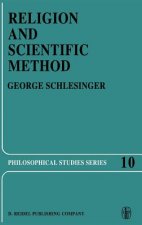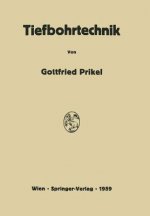
Dostava
Savjetnik za kupnju





Proizvod vam ne odgovara? Nema veze! Možete nam vratiti unutar 30 dana
 Poklon bon
u bilo kojoj vrijednosti
Poklon bon
u bilo kojoj vrijednosti
S poklon bonom ne možete pogriješiti. Za poklon bon primatelj može odabrati bilo što iz naše ponude.
Decision Making with the Analytic Network Process
 Engleski
Engleski
 410 b
410 b
30 dana za povrat kupljenih proizvoda
Moglo bi vas zanimati i


The Analytic Network Process (ANP) developed by Thomas Saaty in his work on multicriteria decision making applies network structures with dependence and feedback to complex decision making. This book is a selection of applications of ANP to economic, social and political decisions, and also to technological design. The chapters comprise contributions of scholars, consultants and people concerned about the outcome of certain important decisions who applied the Analytic Network Process to determine the best outcome for each decision from among several potential outcomes. The ANP is a methodological tool that is helpful to organize knowledge and thinking, elicit judgments registered in both in memory and in feelings, quantify the judgments and derive priorities from them, and finally synthesize these diverse priorities into a single mathematically and logically justifiable overall outcome. In the process of deriving this outcome, the ANP also allows for the representation and synthesis of diverse opinions in the midst of discussion and debate, §The ANP offers economists a considerably different approach for dealing with economic problems than the usual quantitative models used. The ANP approach is based on absolute scales used to represent pairwise comparison judgments in the context of dominance with respect to a property shared by the homogeneous elements being compared. How much or how many times more does A dominate B with respect to property P? Actually people are able to answer this question by using words to indicate intensity of dominance that all of us are equipped biologically to do all the time (equal, moderate, strong, very strong, and extreme) whose conversion to numbers, validation and extension to inhomogeneous elements form the foundation of the AHP/ANP. Numerous applications of the ANP have been made to economic problems, among which prediction of the turn-around dates for the US economy in the early 1990 s and again in 2001 whose accuracy and validity were both confirmed later in the news. They were based on the process of comparisons of mostly intangible factors rather than on financial, employment and other data and statistics.This note from Prof. Vargas regarding a competitive title by Prof. Saaty with an almost identical title (THEORY AND APPLICATIONS OF THE ANALYTIC NETWORK PROCESS: Decision Making with Benefits, Opportunities, Costs, and Risks. RWS Publications, 2005): §"The other book is theoretical with passing mention of examples to show how the subject is used. In our book (the one you have) the applications are different and given in full detail relevance and originality. They have never appeared in print as they are here and most users would prefer them to the theoretical book. In addition chapter 1 summarizes the theory given in four chapters on the book showing the important parts without going into too much detail. I would rather read this book than the other one definitely and this could not have been done so elegantly had not the other been written before. Therefore this book has the cream of the ideas and the best published applications so far."The Analytic Network Process (ANP) developed by Thomas Saaty in his work on multicriteria decision making applies network structures with dependence and feedback to complex decision making. This book is a selection of applications of ANP to economic, social and political decisions, and also to technological design. The chapters comprise contributions of scholars, consultants and people concerned about the outcome of certain important decisions who applied the Analytic Network Process to determine the best outcome for each decision from among several potential outcomes. The ANP is a methodological tool that is helpful to organize knowledge and thinking, elicit judgments registered in both in memory and in feelings, quantify the judgments and derive priorities from them, and finally synthesize these diverse priorities into a single mathematically and logically justifiable overall outcome. In the process of deriving this outcome, the ANP also allows for the representation and synthesis of diverse opinions in the midst of discussion and debate.§The ANP offers economists a considerably different approach for dealing with economic problems than the usual quantitative models used. The ANP approach is based on absolute scales used to represent pairwise comparison judgments in the context of dominance with respect to a property shared by the homogeneous elements being compared. How much or how many times more does A dominate B with respect to property P? Actually people are able to answer this question by using words to indicate intensity of dominance that all of us are equipped biologically to do all the time (equal, moderate, strong, very strong, and extreme) whose conversion to numbers, validation and extension to inhomogeneous elements form the foundation of the AHP/ANP. Numerous applications of the ANP have been made to economic problems, among which prediction of the turn-around dates for the US economy in the early 1990 s and again in 2001 whose accuracy and validity were both confirmed later in the news. They were based on the process of comparisons of mostly intangible factors rather than on financial, employment and other data and statistics.
Informacije o knjizi
 Engleski
Engleski
Kategorija




 Kako kupovati
Kako kupovati















